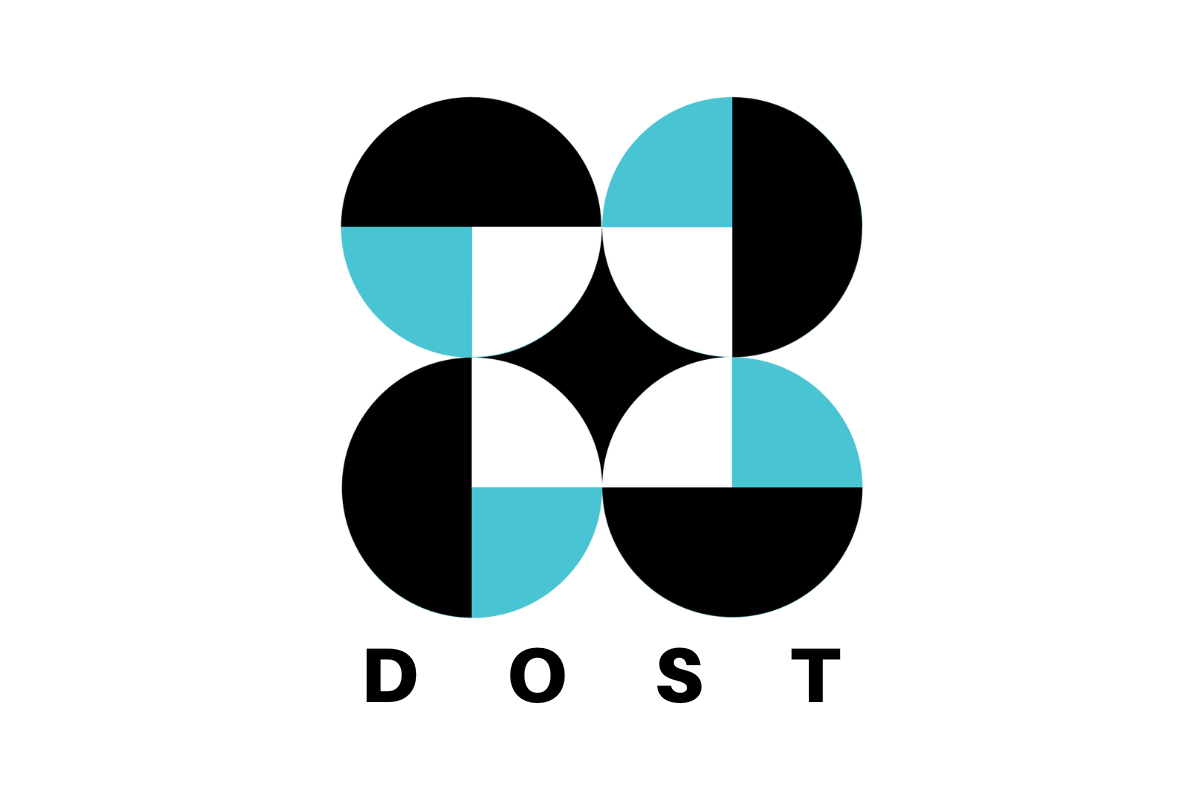CHEMICALOVE
One syllable, four letters, with a balanced vowel and consonant arranged alternatively and bearing an indefinite definition. LOVE. Since it is the 14th of February, let us try to dissect its meaning maybe not through the heart this time but using what is above it. The brain.
Through excessive investigations, scientists led by Dr. Helen Fisher at Rutgers reveal that such unique sensation is categorized into three: lust, attraction, and attachment.
- LUST
Testosterone is dominantly present among men while estrogen attributes to women. These hormones produce the urge to reproduce. It is limited to sexual interest wherein such is characterized by thrill and excitement. Although there are attempts to keep the relationship, its survival rate is low for there is a big possibility that the individuals involved will try to seek the ideal of his or her partner. Suspicion is repetitive. There will be an annoying list of demands: what to wear, where to be, what to do, who to be with, and so on. Reminds you of someone? Love may be a force but it should not be forced.
- ATTRACTION
Dopamine is manufactured in the hypothalamus and is released as a rewarding feeling whenever we do something that pleases us. In that case, it could be just a simple bonding with someone we like or intense intercourse. On the other hand, norepinephrine is another chemical that interplays which is responsible for that unexplainable energy we have that even causes insomnia or loss of appetite. As the song goes, “Di makatulog sa gabi sa kaiisip, Sa diwa ko’y ikaw ang aking panaginip,” this also results in a “fight or flight” reaction. Imagine… you’re in a very serene paradise: chirping birds, the freshest air nature could offer an abundance of resources. Suddenly a loud roaring bomb-like noise is approaching, will you run away or will you risk your life to find out what it is?
- ATTACHMENT
This is what makes a person stay, thanks to oxytocin and vasopressin. These hormones are found massively during childbirth, breastfeeding, and sex. I know, it’s strange because it seems that those events are not visibly compatible; however, what makes them similar is the bonding that soon builds friendship and intimacy. Couples see conflict as an opportunity to learn rather than to weigh one’s pride. It promotes a healthy and strengthened relationship for different views are dealt with constructively.
“Too much love will kill you!” I’m pretty sure some of us have screamed this line during karaoke and there is truth to it. Excessive replication of the hormones mentioned above causes jealousy, illogical decisions, obsession, and unpleasant behavior. Dopamine is a motivator of pleasure that leads to addiction if not controlled; it is even associated with cocaine. Furthermore, oxytocin is a two-faced component that may comfort you but later on stabs your back especially if you have memories of extreme pain and trauma. There is also a study that sexual arousal shuts down regions in our neurological system that aids in critical thinking. In short, “Maka-bogo ang gugma kung malabi-an.”
If there is something, I am sure of, our perspective on different aspects is biased to our experiences no matter how the book or several data say that it is what it is. Love included. And it’s alright, it’s normal.
For me, love is knowing that my boyfriend is safe at work. It is making Tatay his perfectly brewed coffee and giving my dogs a walk. It is doing Nanay‘s make-up and sipping Tanduay Select with Ate. It is encouraging my brothers to study and arguing with Kuya. It is my friend’s laughter, a karaoke with my cousins, and grandma’s undying memory. It is yesterday’s lesson, tomorrow’s hope, and the present’s gift. Sure, it may be chemicals based on science but it is not toxic. Love is for everyone.
Happy Valentine’s Day!














